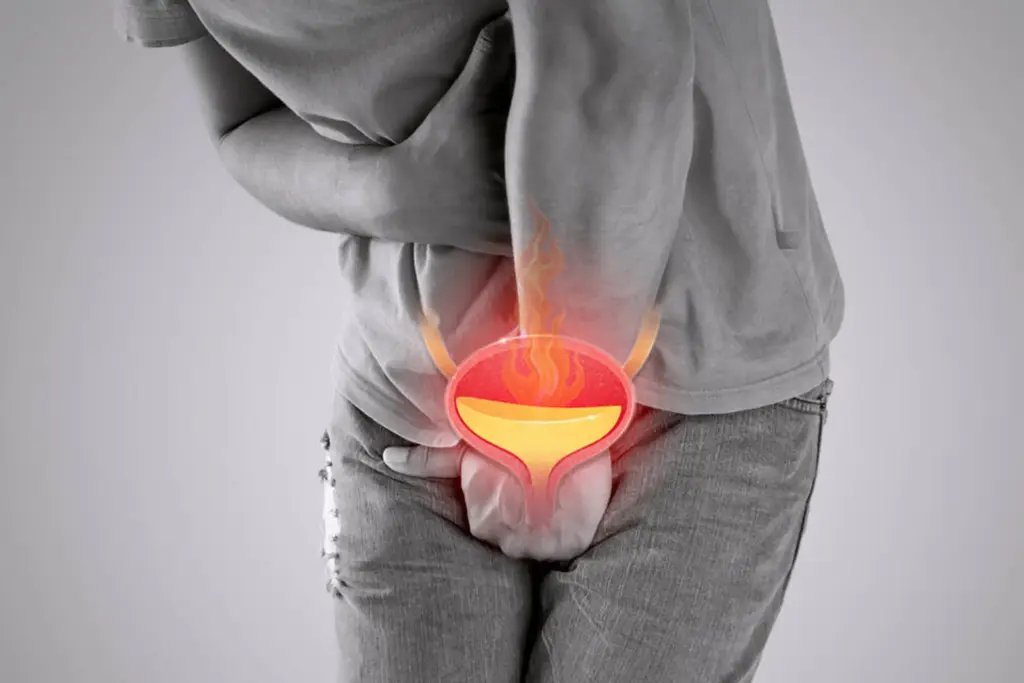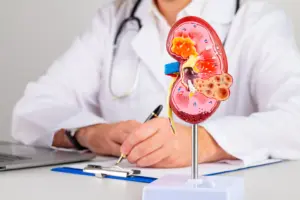
UTI vs. Kidney Infection: Burning when you pee or constantly rushing to the toilet usually points to a urinary tract infection (UTI). But if the pain climbs to your back or side and you develop a fever or feel markedly unwell, the infection may have reached your kidneys, a more serious problem that needs prompt care.
UTIs and kidney infections are related, but they’re not the same: the latter means the bacteria have moved up into the kidneys.
Also Read | What causes painful urination and when to see a doctor
What is a UTI?
A urinary tract infection (UTI) is an infection anywhere along the urinary system: the urethra, bladder, ureters, or kidneys. Most UTIs affect the lower tract, especially the bladder. They’re very common, particularly in women.
Common symptoms of UTI:
Common UTI signs include a burning sensation when you pee, needing to go often but passing only small amounts, and pressure or discomfort in the lower belly. You may also have a low-grade fever. These symptoms are uncomfortable, but with prompt treatment, they’re usually not serious.

What is a kidney infection?
A kidney infection (pyelonephritis) happens when bacteria from a lower UTI travel up the urinary tract and reach the kidneys. It’s more serious than a bladder infection and, if untreated, can lead to complications and even lasting kidney damage. Often it begins as cystitis and then ascends, affecting one or both kidneys, so prompt medical care is essential.
Symptoms of a kidney infection
Kidney infections often begin with typical UTI signs, then escalate. Watch for deep pain in the lower back or side, high fever with chills or shivering, and nausea or vomiting. If you notice your UTI symptoms worsening or experience any of these warning signs, please seek medical care promptly.
Why does this matter?
You might believe that a UTI is not a significant issue, and in most cases, this is true if you treat it promptly. But when it spreads to your kidneys, it can cause permanent renal damage or hospitalisation.
Who’s at risk?
UTIs can affect anyone, but women face a higher risk because a shorter urethra lets bacteria reach the bladder more easily. Pregnancy-related changes can also raise susceptibility, and people with diabetes are more vulnerable because elevated blood sugar supports bacterial growth.
What is the difference between a UTI and a kidney infection?
While both UTIs and kidney infections involve the same system, they differ in severity, symptoms, and treatment needs: a UTI typically presents with burning urination, urgency, and lower-belly discomfort; a kidney infection often begins as a UTI that travels upward, bringing higher fevers, flank pain, chills, and vomiting.
Also Read | Chronic kidney disease symptoms and stages: What you need to know
Health experts stress that early recognition matters. Treating a lower UTI promptly reduces the chance of the renal infection spreading and hospitalisation. UTIs are common, but never ignore worsening signs, particularly if urinary burning is accompanied by fever. In that case, seek medical care immediately.








